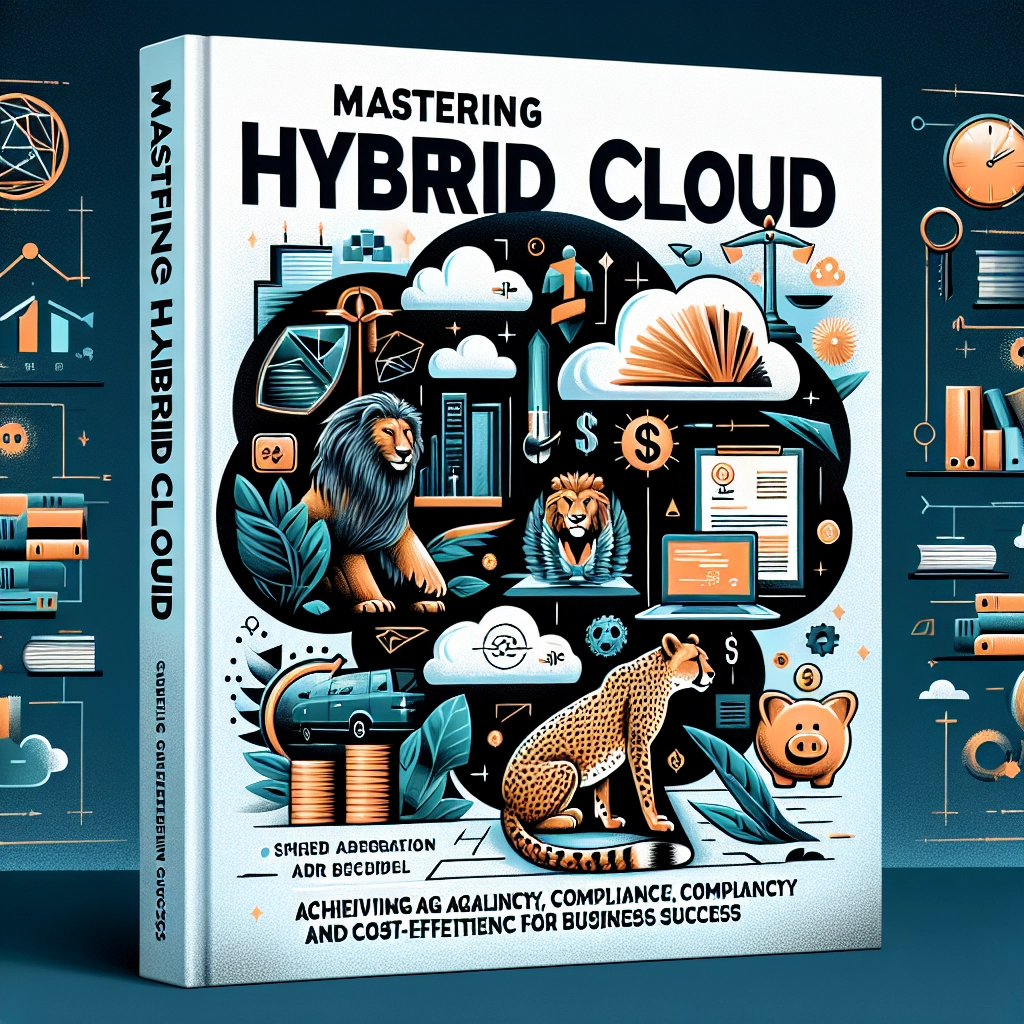Hybrid cloud architecture has become a popular choice among enterprises because it blends the benefits of cloud computing with the control associated with on-premises systems. This setup enables the seamless movement of data and applications among private cloud infrastructures, public cloud services, and on-site environments.
The allure of hybrid cloud lies in its scalability, cost-effectiveness, and operational resilience, vital characteristics for organizations navigating today’s competitive landscape. However, the journey to a successful hybrid cloud deployment is fraught with challenges, particularly during its initial implementation phase.
Organizations embracing hybrid cloud models face a myriad of technical, regulatory, and strategic hurdles. A primary concern is compliance with industry-specific and regional regulations. For instance, regulations like GDPR in Europe and HIPAA in the United States necessitate that sensitive data is handled in strict adherence to legal frameworks. This compliance challenge intensifies in hybrid environments, where data can exist in multiple jurisdictions.
Common compliance issues arise from inconsistent audit logs, ambiguous data residency, and unencrypted data transmissions. To address these, organizations must implement robust encryption, maintain detailed audit trails, adopt identity and access management solutions, and selectively choose cloud services based on their compliance requirements.
The data migration phase also poses significant challenges. Transitioning workloads to a hybrid cloud environment is not merely a straightforward task; it usually involves intricacies in data formats, performance characteristics, and communication protocols. Without careful planning, this can lead to application failures or data loss. To ensure effective migrations, enterprises should employ comprehensive data mapping, middleware solutions for system compatibility, and thorough testing strategies.
Service Level Agreements (SLAs) are another critical aspect often overlooked in hybrid cloud implementations. Clear and precise SLAs are essential to safeguard against performance lags and security incidents. They should encompass measurable performance metrics, explicit security obligations, and well-defined remediation procedures.
Furthermore, the existing knowledge gap within internal IT teams can hinder hybrid cloud adoption. The requirement for diverse skills spanning cloud architecture, security, and networking often leads organizations to rely on third-party vendors. This dependency can create additional costs and operational complexities. Thus, investing in training and creating partnerships with managed service providers becomes essential for bridging this gap.
Effective governance is vital in monitoring and maintaining hybrid cloud environments, yet it often falls short in practice. Inconsistencies in policy enforcement and reactive security measures can stem from inadequate governance frameworks. Therefore, organizations should focus on implementing centralized management tools, continuous compliance monitoring, and a standardized policy enforcement approach.
Networking is another fundamental element of hybrid clouds that can impact performance and security. Flaws in the network design can lead to latency issues and vulnerabilities. To build an effective hybrid cloud network, companies must optimize the topology for data flows, ensure asset segmentation, and implement secure communication methods.
Redundancy is a crucial factor for resilience, often neglected during the early deployment of hybrid clouds. Lack of redundancy can exacerbate system failures, leading to critical outages and data loss. Organizations should establish robust backup strategies and disaster recovery plans that are rigorously tested.
The hybrid cloud’s security landscape is layered with challenges, especially concerning data breaches and unauthorized access. Organizations should employ stringent security measures, including strong encryption, intrusion detection systems, and strict identity access policies. Regular audits and a well-structured incident response plan are necessary to mitigate threats effectively.
Cloud resource provisioning must balance cost and performance. Over-provisioning increases costs while under-provisioning jeopardizes performance. Utilizing orchestration tools can help manage resources dynamically based on demand, supported by predictive analytics for capacity planning.
Vendor lock-in is a notable concern, as reliance on a single cloud provider can curtail flexibility and innovation. To combat this risk, adopting a multi-cloud strategy allows for workload distribution across different providers, enhancing operational continuity.
As the hybrid cloud approach becomes more prevalent, businesses must understand that success relies on a cohesive strategy rather than just technology. It involves preparing for integration challenges, remaining agile to threats and opportunities, and fostering a culture of continuous improvement and collaboration. Companies that effectively navigate these complexities not only realize the full potential of hybrid clouds but also secure their infrastructure for future challenges in an increasingly digital world.
Welcome to DediRock, your trusted partner in high-performance hosting solutions. At DediRock, we specialize in providing dedicated servers, VPS hosting, and cloud services tailored to meet the unique needs of businesses and individuals alike. Our mission is to deliver reliable, scalable, and secure hosting solutions that empower our clients to achieve their digital goals. With a commitment to exceptional customer support, cutting-edge technology, and robust infrastructure, DediRock stands out as a leader in the hosting industry. Join us and experience the difference that dedicated service and unwavering reliability can make for your online presence. Launch our website.

